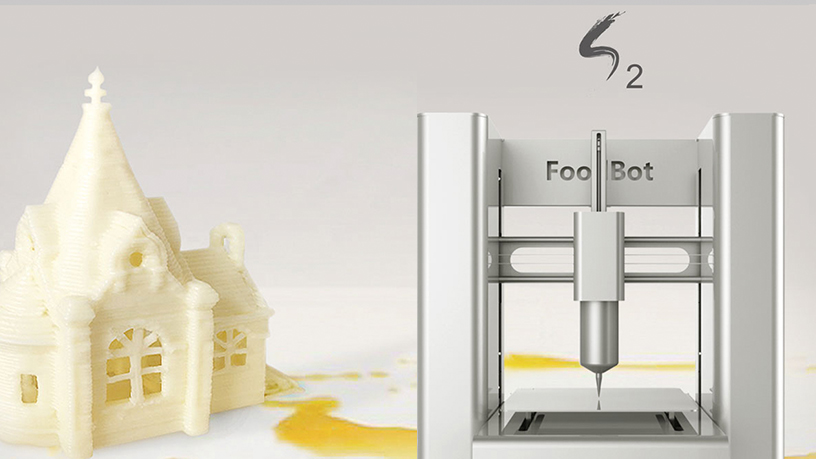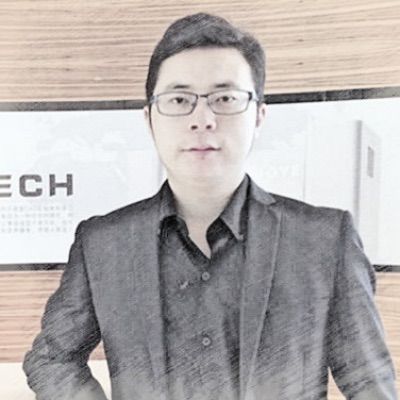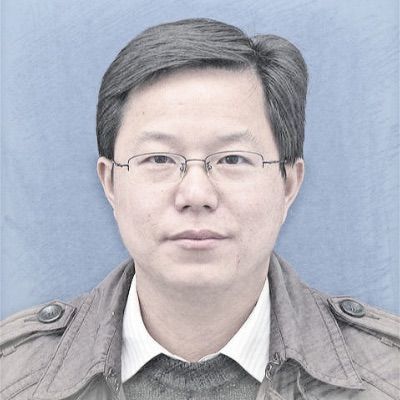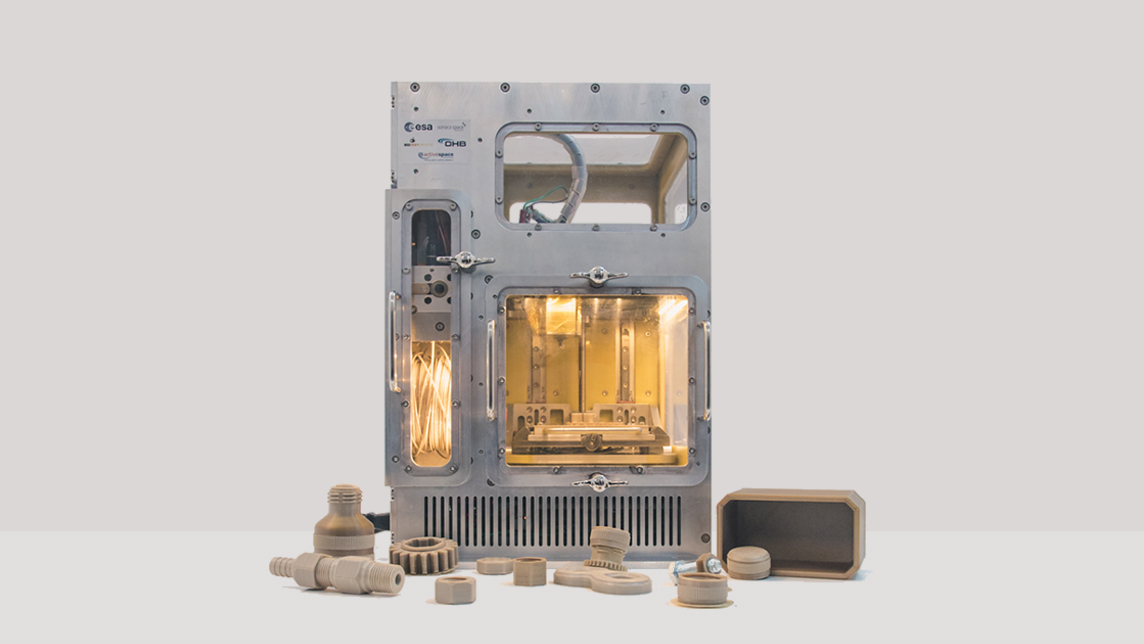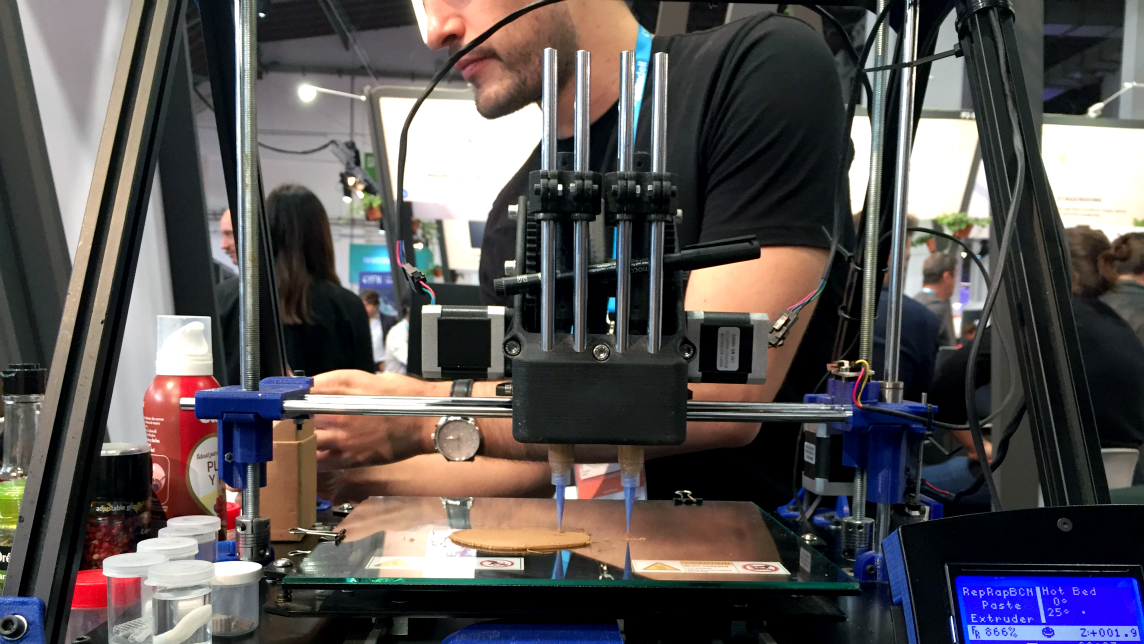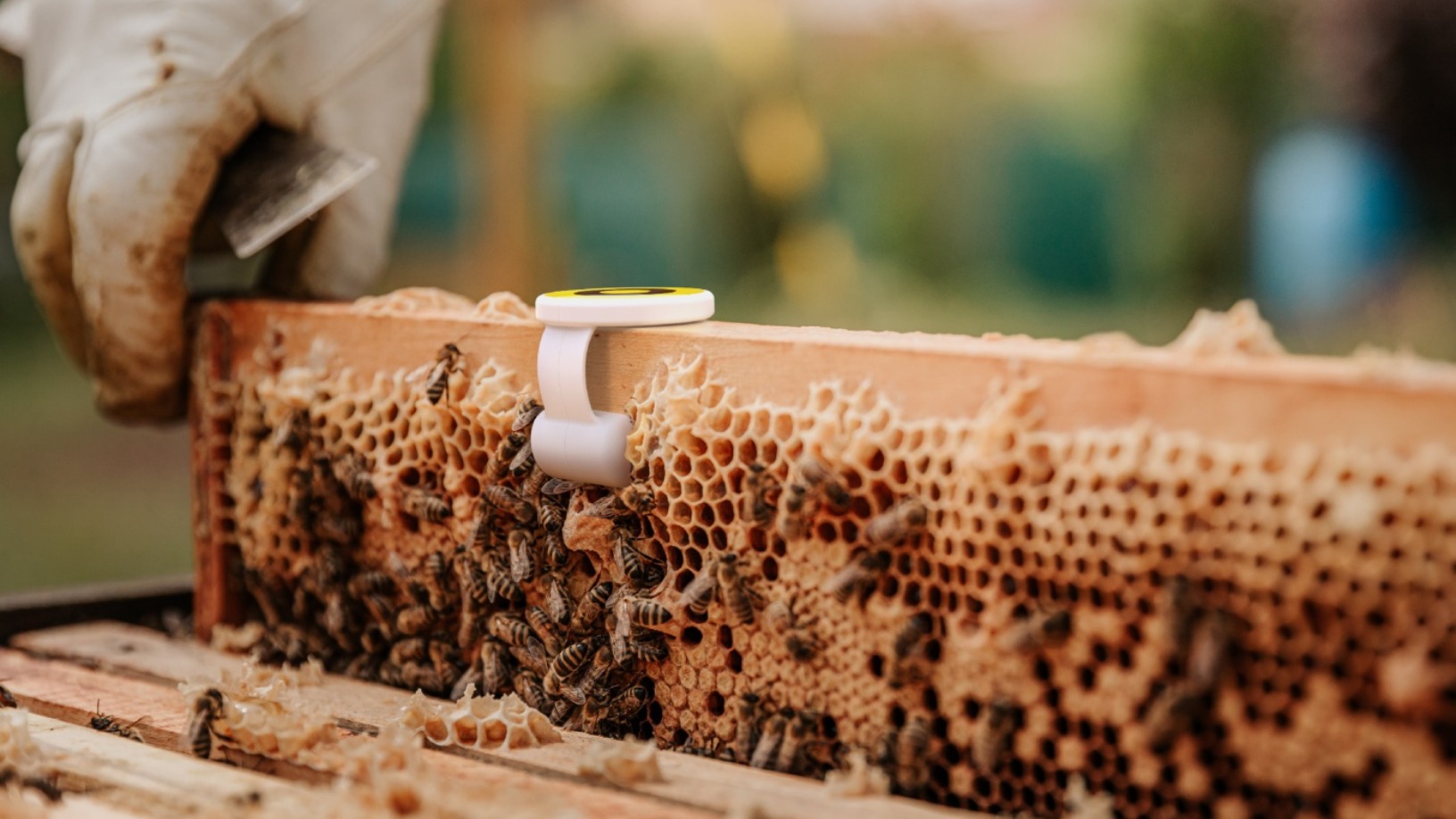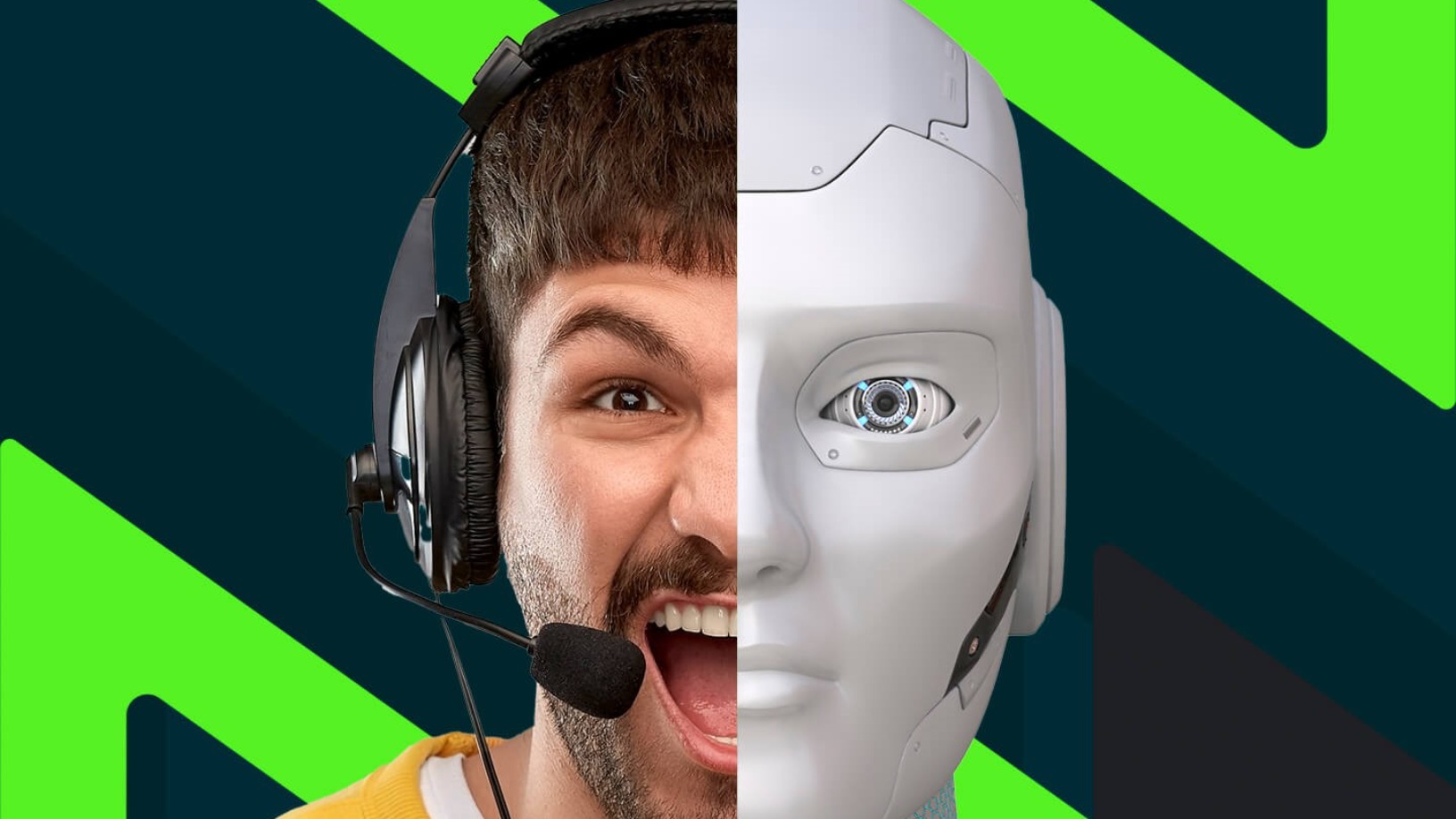Ever imagined you could 3D-print your own chocolate? And do so using your mobile phone, while at a shopping mall?
In some cities in China, now you can. Shiyin Tech is launching self-service 3D food printers in malls, libraries, theme parks, science museums, aquariums and tourist attractions, first in Shanghai and Hangzhou, where the company's based.
Named Panda, Shiyin Tech’s self-service 3D chocolate printer looks like a vending machine and is a little taller than an average Chinese adult. Anyone with a smartphone can, using WeChat, China’s ubiquitous social media app with over 1.1bn users, scan a QR code on the machine, select a pre-loaded design or choose to create one, and pay for the finished product.
Within three to five minutes, customers can get a piece of dessert made entirely of chocolate, even looking like a precise miniature of the White House or a Lincoln Stretch Limousine.
3D food printing in China has featured mostly in high-end catering businesses because of the cost of building a printer and preparing the raw materials, which have to be specially designed to shape at certain temperatures, but that is about to change.
B2C to B2B
Founded in 2015, Shiyin Tech is the brainchild of Li Jingyuan and two other founding partners, both from Li's alma mater, Zhejiang University. While in college, Li started a business in 2013 to produce 3D scanners for 3D printing, but when he founded Shiyin Tech, the idea of a self-service 3D food printer was not in his mind.
Instead, it was later in 2018 that Shiyin Tech launched its self-service 3D food printers, when unmanned stores were taking off in China's retail market to catch the trend of New Retail, a concept invented by Alibaba to merge the best parts of online and offline shopping.
The Panda machine not only can create food, it's also fun to use. Panda offers different types of pre-loaded dessert shapes depending on its location. For example, customers can get a chocolate dessert in the shape of an octopus from machines at aquariums. Through a big window, users can see liquid chocolate coming out of the nozzles, building their selected models from the bottom up.
The dessert from a Panda machine costs only RMB 10–20, the cost of a meager meal in China’s larger cities. Shiyin Tech is able to keep the price affordable because it is also a 3D food printing technology provider. It was the first China-based company to mass-produce 3D food printers, with its self-developed constant temperature control system, the core component of its Panda models.
“Similar 3D food printers in overseas markets are usually three to five times more expensive than ours,” said Li, who confessed that he has been “obsessed” with 3D printing.
When Shiyin Tech started, it sold customized food like 3D-printed cakes that featured the logo of Zhejiang University. Later, it sold RMB 200,000 worth of mooncakes in less than 10 days before the Chinese mid-autumn festival in 2015. Renowned companies like Alibaba and BMW China bought customized pastries from it.
However, its B2C business model was hard to scale due to low production capacity of customized 3D printed food. This led to Shiyin Tech switching to a B2B model by focusing on 3D printing technology and selling hardware to business clients at home and abroad.
Breakeven in six months
Combining New Retail with 3D food printing appears to be a step in the right direction. Shiyin Tech’s self-service business is popular among affluent city dwellers in China, who are willing to pay for the novelty and fun. A machine can potentially generate RMB 5,000–10,000 in revenue every month and can break even within about six months.
Though the first 3D food printer was only invented in 2011, the global3D food printing market is expected to reach $425m by 2025, based on a CAGR of 54.75% from 2018.
It remains to be seen if Shiyin Tech’s self-service model will work in the long term, but for now things are looking peachy.
The company operates Panda machines in Hangzhou and Shanghai, and works with partners in other cities. As at April 2019, over 200 Panda machines have been deployed with plans for another 10,000 by 2022.
Looking to the future, Shiyin Tech aims to bring 3D food printing into the household kitchen. “Parents could print a cute dinosaur out of spinach for a kid who doesn't like vegetables but likes dinosaurs,” said Li.
